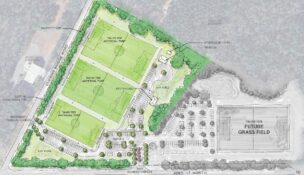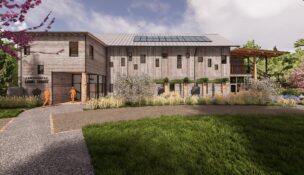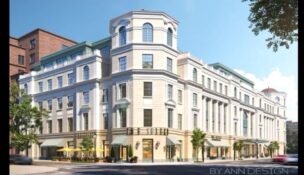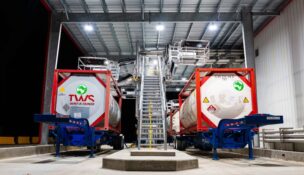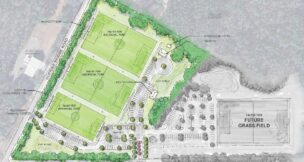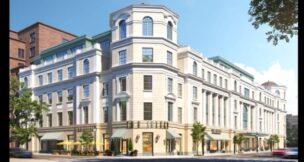Commercial Q4 report ties retail to tourism
Staff //February 24, 2022//
The state’s $8.1 billion tourism industry has largely boosted the Charleston retail market, according to Colliers 2021 fourth quarter retail report.
November 2021 retail sales were up 20.3% year-over-year, according to the S.C. Department of Revenue. At the same time, hotel occupancy also increased from 35.8% from 48.4% in November 2020 to 65.7% a year later.
Tourism is the “lifeblood of the urban retail market,” Patrick Nealon, Colliers Charleston brokerage associate said. He and his team have been prepared for the rebound in tourism to reflect a rebound in urban retail.
“Tourism effects the retail market directly when tourist spend money at retail shops and restaurants,” Nealon said. “Most of that money is spent in downtown Charleston. Tourism also creates thousands of hospitality jobs for people who live in our great suburbs thus adding to the demand of suburban retail.”
Today, there is a healthy mix of retail moving into downtown Charleston, as well as Charleston-area suburbs, with high-end and luxury brands looking to be downtown for exposure and branding, Nealon said. The larger chain restaurants and stores typically seek out Mount Pleasant, Summerville, West Ashley and North Charleston.
“Space in the suburbs is getting increasingly more difficult to find due to the lack of new retail construction in the past few years. The Nexton area of Summerville is the only area with a decent amount of new construction in the pipeline. Good retail spaces are getting leased up before they even hit the market,” Nealon said.
Nealon said people are changing the way they shop. Throughout the past few years, larger box stores have downsized in favor of smaller spaces where customers can test or try-on items, experience an easier return process and avoid potential shipping delays or privacy concerns with e-commerce.
This movement makes way for a new type of retail, but Nealon doesn’t believe it will ever replace the experience of a shopping destination like King Street. As it stands, Charleston brick-and-mortar retail shops in the fourth quarter saw 175,980 square feet of positive annual retail absorption.
“King Street is very well positioned for the future because the shops are not just selling clothes, shoes hats, et cetera. They are selling an experience,” he said. “The experience of getting dressed up on a Saturday morning, getting brunch a coffee at Miller’s All Day, and then walking into a few of your favorite stores on King Street to see the newest styles cannot be replicated online.”
The King Street shopper who enjoys popping into a Charleston boutique is not the same as the one who is impulse buying clothes from an Instagram ad, Nealon said. But he thinks both channels can coexist.
Those that will find success no matter where they are will be the businesses that create great experiences for their customers, Nealon said.
“Online retail is quick and easy but shoppers often end up disappointed. Retailers that can make their shopping experience enjoyable will thrive for years to come,” he said.
Looking ahead, Charleston is looking at 145,542 square feet of development to be delivered this year. A number of projects are in the pipeline for early this year, including 741 Meeting in the North Morrison Area, Bend at Carolina Park in upper Mount Pleasant, Charleston Town Center in Goose Creek and the 63,000-square-foot Cedar Grove on Dorchester Road. Two more projects are expected to be completed later this year: The Rumney in the North Morrison area and The Cooper, a 12,000-square-foot hotel between Calhoun and Broad streets.
n





